In this week’s sheep farming segment, That’s Farming, speaks to Anna Snell, a 26-year-old full-time farmer. The Kildare native, who farms 185 ewes, purchased land in 2015, completed the Green Cert in 2016 and grazes her flock on the Curragh plains.
The Curragh may be the home of Irish racing, but it is also where 26-year-old full-time farmer, Anna Snell, runs her 185-ewe flock.
She resides in Ballysax, The Curragh, Co. Kildare and hails from a family where farming is a major tradition on her father and mother’s side over several generations.
“My earliest farming memories are getting up early before primary school to check the ewes that were yeaning and feeding my pet lambs,” she told That’s Farming.
“Jumping in the woolsack at shearing time to get as many fleeces in the pack as possible is another. Drawing in the hay, I used to drive the jeep as my father and brother loaded the trailer.”
“We were always sheep farmers. We live adjacent to the Curragh Plains, and my parents graze sheep on it, and now I graze sheep on it.”
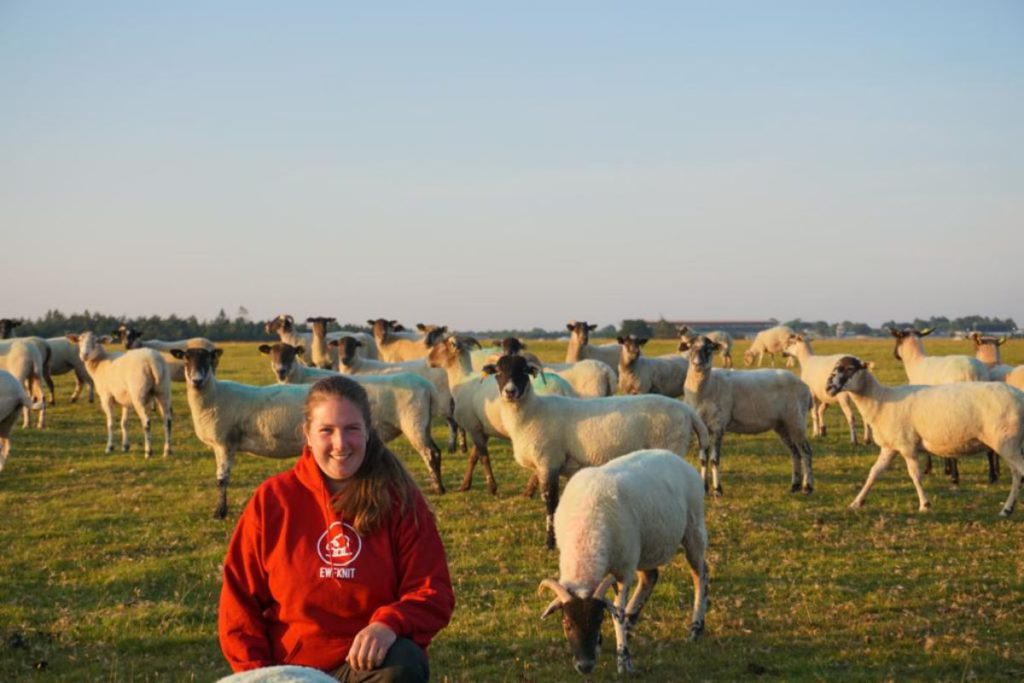
Full-time sheep farmer
Anna bought land in 2015 and completed her Green Cert through Teagasc and Kildalton Agricultural College the following year.
The 26-year-old admitted that the biggest challenge she faced when venturing into farming was getting set up in terms of securing a land base and finding a suitable ewe-type.
She now farms land in her own right, some of which she owns, near the Curragh Plains. “I rent land and graze the Curragh.”
“My first breed of sheep were Zwartbles and Easy Care. However, I decided to cross the ewes with a Blue Leicester ram, and the lambs they produced were hardier.”
“In 2019, I bought Curragh sheep so that I could graze sheep on the Curragh. Ordinary sheep {inland sheep} cannot graze on the Curragh. The sheep have to be born and bred on the Curragh to graze it.”
She has sold most of her inland flock and has increased her Curragh flock over the past two years. Her 185 ewe flock comprises the following breeds; Mule-cross, Blue Leicester-cross and Cheviot-cross, which she believes are “best suited to the Curragh Plains”.
Lambing takes places in three batches, starting with the first batch, inland ewes crossed with a Schwarzkopf ram in February. This year, the second batch that lambed in early April were Curragh sheep crossed with a Wicklow Cheviot ram and a Blue Faced Leicester ram.
Lastly, the third batch lambed in mid-April and were her ewe lambs which she crossed with a Badger Face Welsh Mountain ram.
“I had an excellent crop of lambs. All my lambing takes place outdoors, and I will have to rent a shed for lambing if I increase my flock further. Furthermore, I kill 65% of my lambs and keep 35% for ewe lamb replacements.”
“The most enjoyable aspect of farming for me is that I am my own boss and being outdoors. I especially enjoy lambing time. The most challenging part of farming is trying to get land to rent. I am a member of Marca Na Feirme and enjoy taking part in activities organised,” she added.
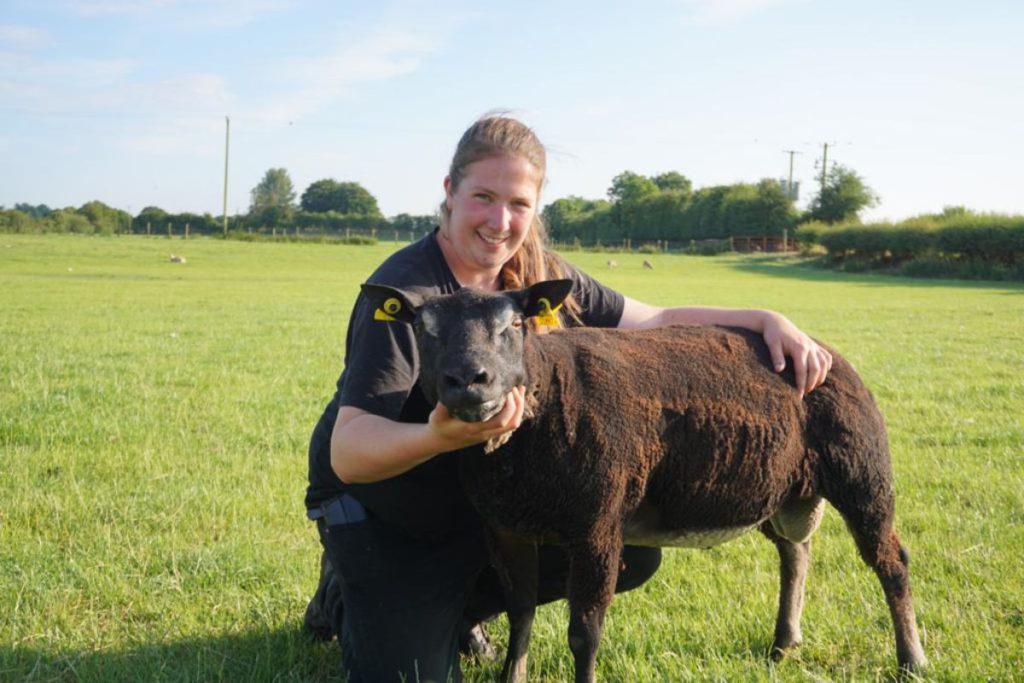
Pet lambs, sheepdogs and cattle
“I shear all my pet lambs and ewe lamb replacements myself every year. They thrive better and do not get tangled in ditches.”
“For rearing pet lambs, you need to keep them thriving until they are ready for the factory. Sometimes I keep a few of my pet ewe lambs for breeding.”
“I bought two sheepdogs, and I have trained them. A sheep farmer cannot operate without a well-trained sheepdog.”
“I completed a dog grooming course, and I now groom my own sheepdogs myself. They look great after I groom them, even if it is only for a short while. I love what I do,” she added.
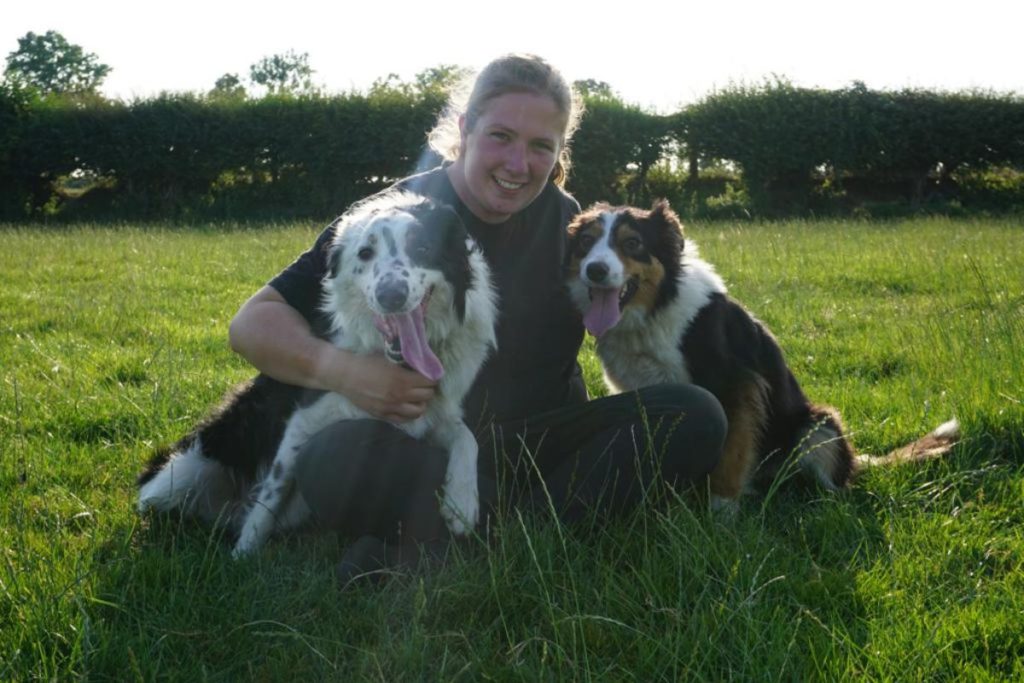
Women in agriculture
To be a successful sheep farmer, she believes you must be dedicated to your sheep welfare maintenance.
“You have to have 100% dedication for sheep farming. You also need a good dog; it is a necessity on any sheep farm. My advice to aspiring young sheep farmers is to go and work on a sheep farm for a year to see if you like it or not.”
“From my experience, most young people do not understand the work involved with sheep,” she added.
“At present, I only keep a small number of cattle as I need the grass primarily for the sheep. I buy cattle in the spring and sell them before the year-end. They are grass-fed supplemented with nuts in the back end of the year,” she added.
“Agriculture is still very much male-dominated. Even though more girls are taking up agriculture courses in colleges, the ratio is still very much balanced towards males.”
“For example, when I was doing my Green Cert, there were only 5 girls out of a class of 35. The experience is the same when I go to my local mart or the factory. I believe that there should be better support for women in agriculture,” the full-time sheep farmer added.
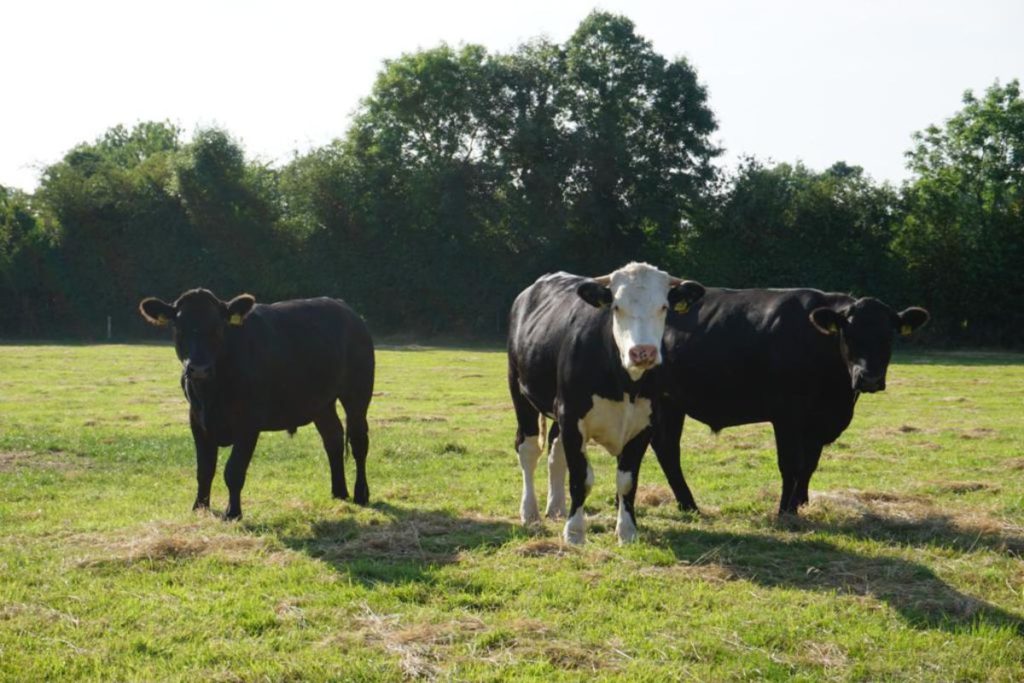
Hobby photographer
Outside of farming, the 26-year-old is a keen photographer, having developed an interest in this field in 2018. The South Kildare Photography Group member pursues this hobby once she has tended to her flock.
“Sheep always come first as they are my livelihood and my passion. I take photos of farming, landscape and anything interesting.”
Each year, she compiles her own calendars of farming events and sells them along with pictures and cards at various local craft fairs before Christmas.
“I have my own Instagram page and Facebook page, Anna Snell- Artist& Photography. I get enquiries through my social media platforms and personal contact at craft fairs requesting pictures and cards,” she added.
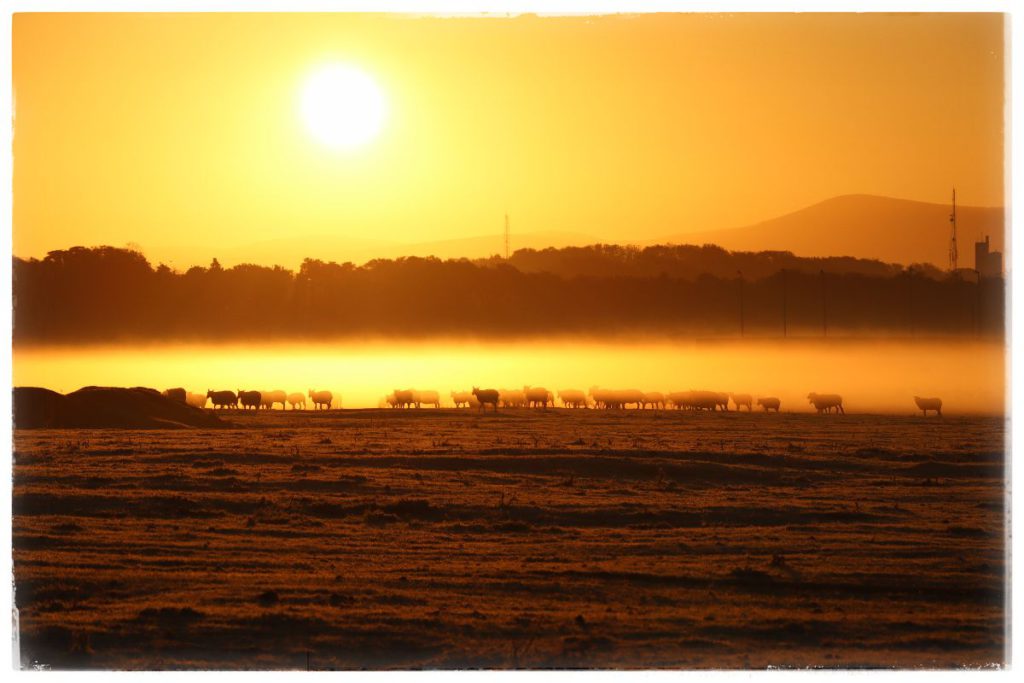
Buying and leasing more land and a shed
Her future plans for her inland flock are investing in Badger Face Welsh Mountain ewes and maintaining it at pedigree status.
As regards the Curragh flock, she intends to increase numbers and introduce new bloodlines. However, before she can proceed with these expansion plans, she will need to buy more land, lease land and rent a shed for lambing.
“In five years, I plan to have a small inland pedigree flock of Badger Face Welsh Mountain ewes. I plan to increase my Curragh flock and buy land or lease land with a shed.”
“If I could get a long-term lease on land, I could reseed a field each year to get better pasture and better value out of the land.”
“Another problem with a short-term land lease is fencing. The person taking the land usually has to fence it, especially when grazing sheep.”
“You are putting up temporary fencing for a short-term lease, which is not very satisfactory. If it is a long-term lease, you can put up a proper fence, and your stock is more secure.”
“My life in agriculture has been an interesting journey so far because each year, I am trying to improve on the previous year, and the time flies by.”
“The future of sheep farming in Ireland looks good because the lambs produced are practically organic. They are primarily grass-fed and killed within 4 or 5 months of birth. Sheep farming is a sustainable enterprise if prices can hold at this year’s level,” she concluded.
To share your story like this full-time sheep farmer, email – [email protected]




